Concrete Modeling in Abaqus
The “Concrete Modeling in Abaqus” course is a specialized training program that focuses on modeling and simulating concrete structures using the Abaqus finite element analysis software. It is designed to give participants a comprehensive understanding of concrete material behavior, modeling techniques, and analysis methodologies within the Abaqus environment.
Concrete is one of the primary materials used in the civil industry. This composite material, the main component of which is cement, has properties such as low price, availability of raw materials, and relatively high durability.
To ensure adequate strength and safety of concrete structures, it is necessary to use valid codes and standards. Some of them recommend the use of finite element analysis (FEA) for better reliability. This is because the nonlinear behavior of concrete is not always predictable using simple standard formulations.
Concrete material models
In Abaqus, there are several material models for predicting the mechanical behavior and failure of concrete and reinforcement. Proper modeling of concrete structures depends not only on its material properties, but also on the interaction of concrete and reinforcement, the type of elements and loads, and so on.
The Concrete Damaged Plasticity (CDP) model is widely used for simulating concrete behavior under both compressive and tensile loading. It accounts for concrete’s nonlinear behavior, including tensile cracking, compression, and plastic deformation. The CDP material model is available both in Abaqus/Standard, which is an implicit analysis code, and in Abaqus/Explicit, which is an explicit dynamics analysis code.
Concrete Damage Plasticity Calculator
One of the tools needed for the design of concrete structures for Abaqus application engineers is the Concrete Damage Plasticity Calculator to calculate the coefficients and parameters of the Concrete Damage Plasticity (CDP) material model. For the convenience of Abaqus application engineers, BanuMusa R&D has developed an Excel file (*.xls) to calculate these parameters. By entering only 2 parameters, all the necessary parameters to enter the CDP material model are generated and it can be easily imported into Abaqus. The good news is that this tool is included in this tutorial for free.
In addition, the powerful MatLib plugin can be used for this job. It is a library of mechanical properties of materials for Abaqus application engineers.
What you’ll learn
In this Abaqus tutorial video, you will get acquainted with concrete material models in Abaqus and determine their material parameters. How to model the damage in the concrete, its damage modes, selecting the appropriate element in accordance with the analysis, modeling, and its various methods are part of the things that you will learn in concrete modeling in Abaqus.
Overview of the course
- Concrete behavior
- Concrete material models in Abaqus
- Brittle cracking model
- Concrete damage plasticity (CDP)
- Holmquist-Johnson-Cook (HJC) concrete model (built-in material model)
- Concrete smeared cracking
- Modeling crack growth and damage in concrete
- Define concrete damage parameters
- Mechanical and damage properties of concrete
- Concrete damage modes
- Concrete element types
Explore different element types suitable for modeling concrete structures, such as continuum elements, shell elements, or beam elements. Understand their advantages, limitations, and appropriate applications. - Concrete reinforcement methods
- Embedded element
- Rebar layer
- Pre-stress in rebars
- Meshing techniques
Learn effective meshing strategies for concrete structures, including considerations for element size, refinement, and capturing localized nonlinear behavior. - Boundary conditions and loading
Understand how to apply appropriate boundary conditions and loading scenarios to simulate the realistic behavior of concrete structures. - Analysis types and methodologies
Gain insights into different analysis types, including static, dynamic, and nonlinear analyses, and learn how to select the appropriate methodologies for concrete structures. - Post-processing and result interpretation
Acquire skills in post-processing and interpreting simulation results, such as stress distribution, displacement, crack propagation, and failure mechanisms.
Concrete modeling in Abaqus examples & workshops
Workshop 1: Reinforced concrete beam with uniformly distributed load
In this workshop, we subject a reinforced concrete beam of length 6.0 m and having a rectangular cross-section of 0.5 m x 0.3 m to a uniformly distributed load of 33 kN/m. The beam is a simply-supported beam with overhangs as shown in Figure. The supports are placed 0.5 m from the ends of the beam. The design of the beam, reinforcement configuration, and loading conditions are for illustration purposes only.
In this workshop, analysis is performed with two static and dynamic explicit solvers, and the results are compared with each other. Also, the requirements of performing a quasi-static analysis with an explicit dynamic solver are introduced and tested in this workshop.
 Workshop 2: Reinforced concrete slab subjected to blast loading
Workshop 2: Reinforced concrete slab subjected to blast loading
Building structures typically need to withstand conventional loads such as dead loads (like gravity) and live loads (such as wind or snow) as suggested in building design codes and recommended practices. However, in extraordinary situations, structures can undergo unusual loadings such as those from
explosions or blasts. In some cases, the structure itself needs to be designed to act as a protective barrier to resist blast loads. In these instances, it is important to predict the way the structure may fail, break apart, or collapse. In this workshop, we subject a reinforced concrete slab to a blast load and
simulate its cracking and deformation behavior.
Abaqus/Explicit is used to predict the deformation and collapse of the slab due to the blast. The concrete damaged plasticity material model in Abaqus is used for this analysis, and reinforcement is defined using embedded element constraints. The slab undergoes severe deformation due to the blast, and several
concrete elements in the slab get damaged and fail. The failed elements are automatically removed during the analysis by using the concrete failure option in Abaqus.
 Workshop 3: Concrete bridge under blast loading and investigation of the effect of FRP composite jackets
Workshop 3: Concrete bridge under blast loading and investigation of the effect of FRP composite jackets
In this workshop, the foundation of a concrete bridge is subjected to explosive load, and the effect of the FRP composite jacket on the strength of the structure and its damage is investigated. The explosive load is placed at different angles and distances from the bridge base to measure its greatest impact on the structure’s resistance.
The composite jacket with two types of graphite epoxy and glass epoxy is under investigation. Also, the effect of car traffic load on the resistance of the structure during the explosion in different modes is investigated.
For the verification and validation (V&V) of this project, the model presented in the paper of Silva and Lu (2007) was built and its results were compared with the results of the paper. The results were confirmed with good accuracy. Results such as displacement value and damage mode have been compared with the results of the Silva & Lu paper.
 Workshop 4: Thermal and mechanical Analysis of composite floors exposed to standard fire
Workshop 4: Thermal and mechanical Analysis of composite floors exposed to standard fire
In this workshop, the temperature and mechanical behavior of the composite floor under ISO 834 standard fire load were evaluated using Abaqus. To ensure the correctness of the results, the paper of Li, Zhang, and Jiang (2017) was used. The amount of temperature increase in different parts of the concrete floor and the amount of displacement due to static loads were compared and validated with the results of this paper. In this workshop, you will be familiar with the challenges of concrete roof fire modeling and analysis, and the tricks needed to solve them are suggested.
 | 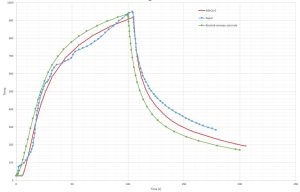 | 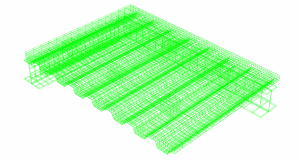 |
Need help? Get a consultation from our experts.

Telegram: +98-915-55-20-388
WhatsApp: +98-915-55-20-388
Find Us on WeChat

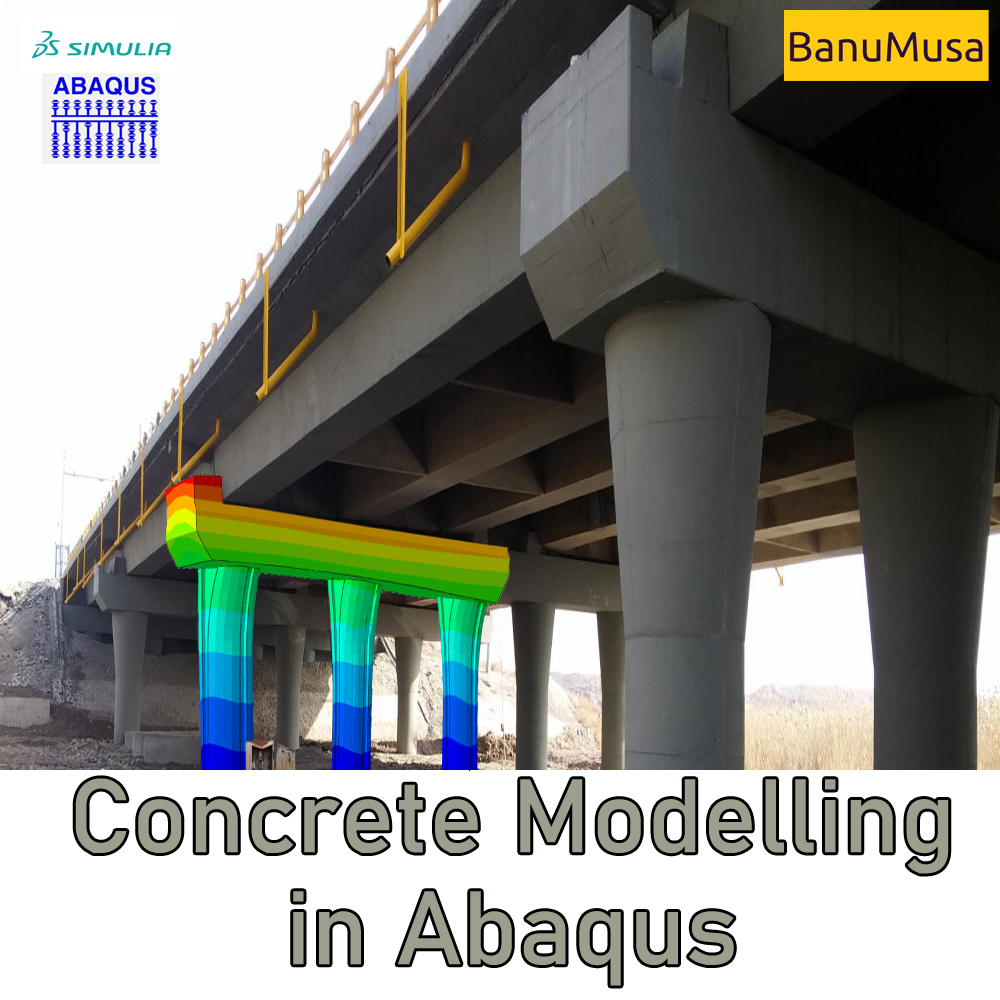
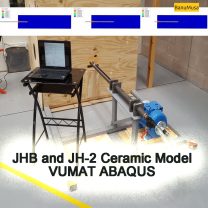
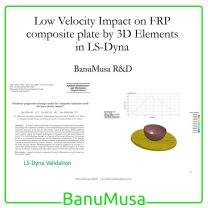
 Workshop 2:
Workshop 2: 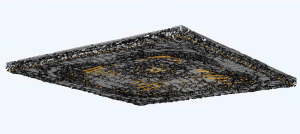 Workshop 3: Concrete bridge under blast loading and investigation of the effect of FRP composite jackets
Workshop 3: Concrete bridge under blast loading and investigation of the effect of FRP composite jackets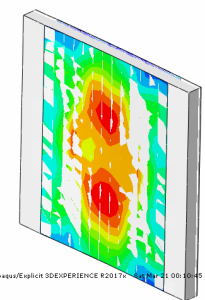 Workshop 4: Thermal and mechanical Analysis of composite floors exposed to standard fire
Workshop 4: Thermal and mechanical Analysis of composite floors exposed to standard fire We’re fully confident in the value and reliability of the product. If for any reason you are not completely satisfied, email us at
We’re fully confident in the value and reliability of the product. If for any reason you are not completely satisfied, email us at 
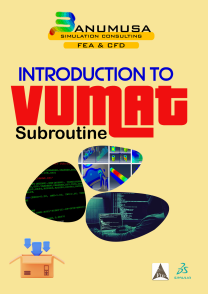



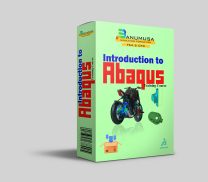
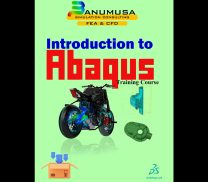
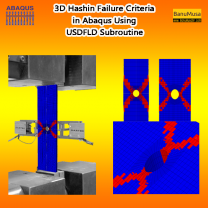

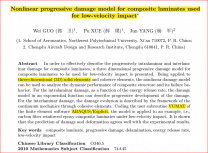
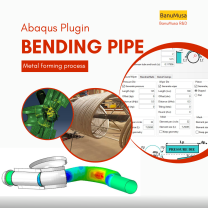


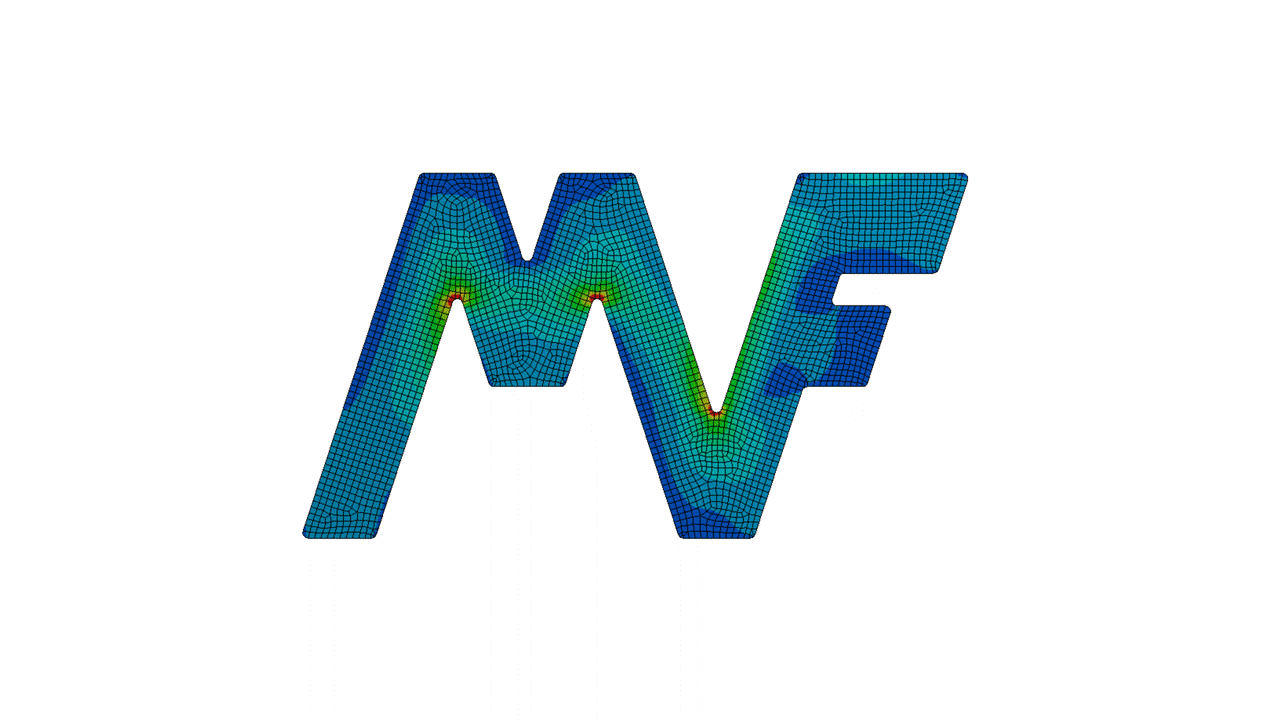





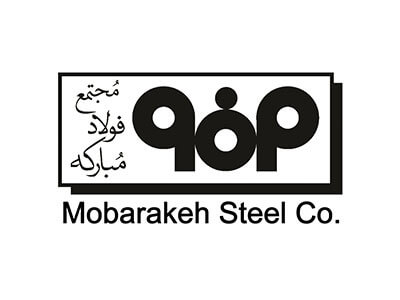





Reviews
There are no reviews yet.